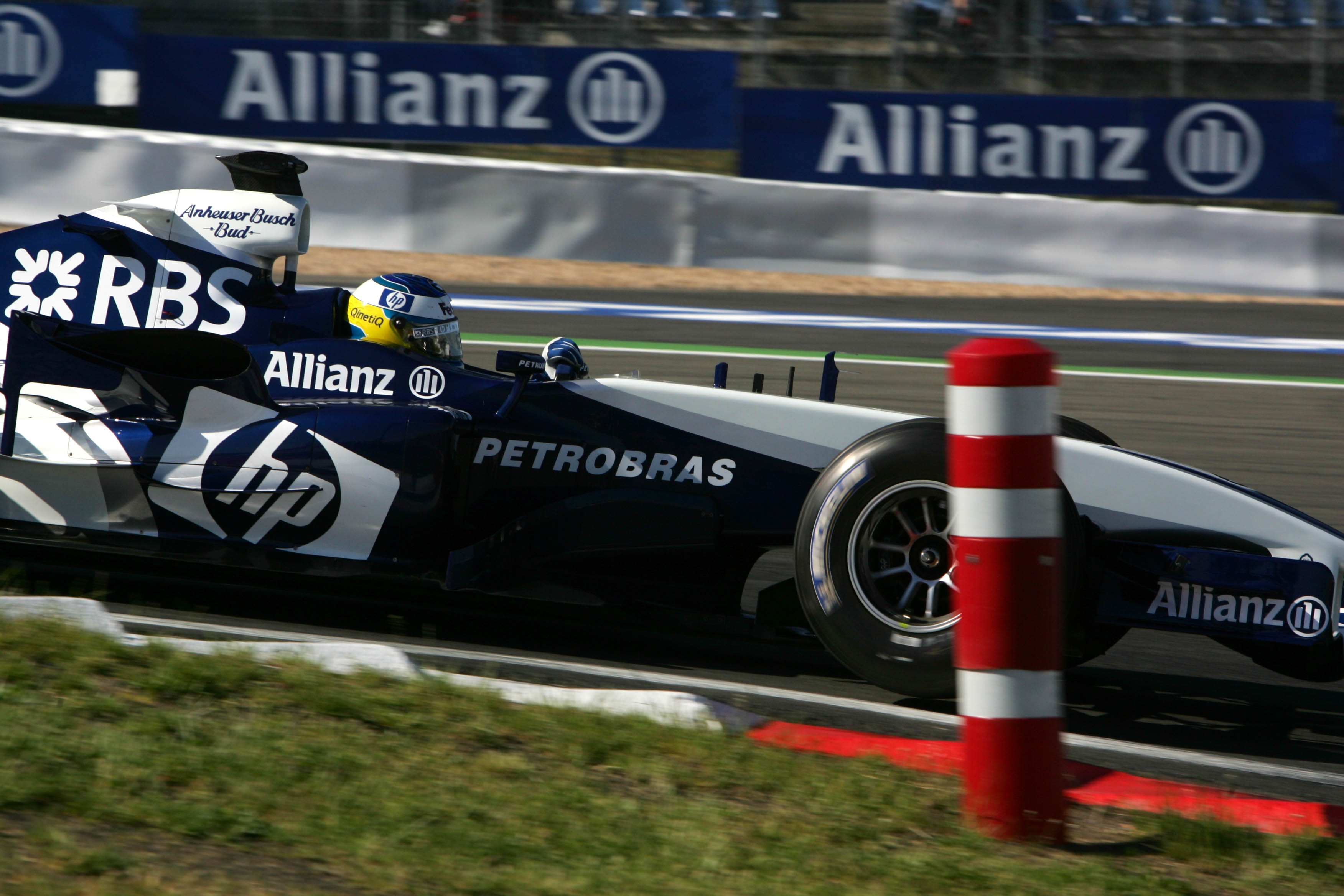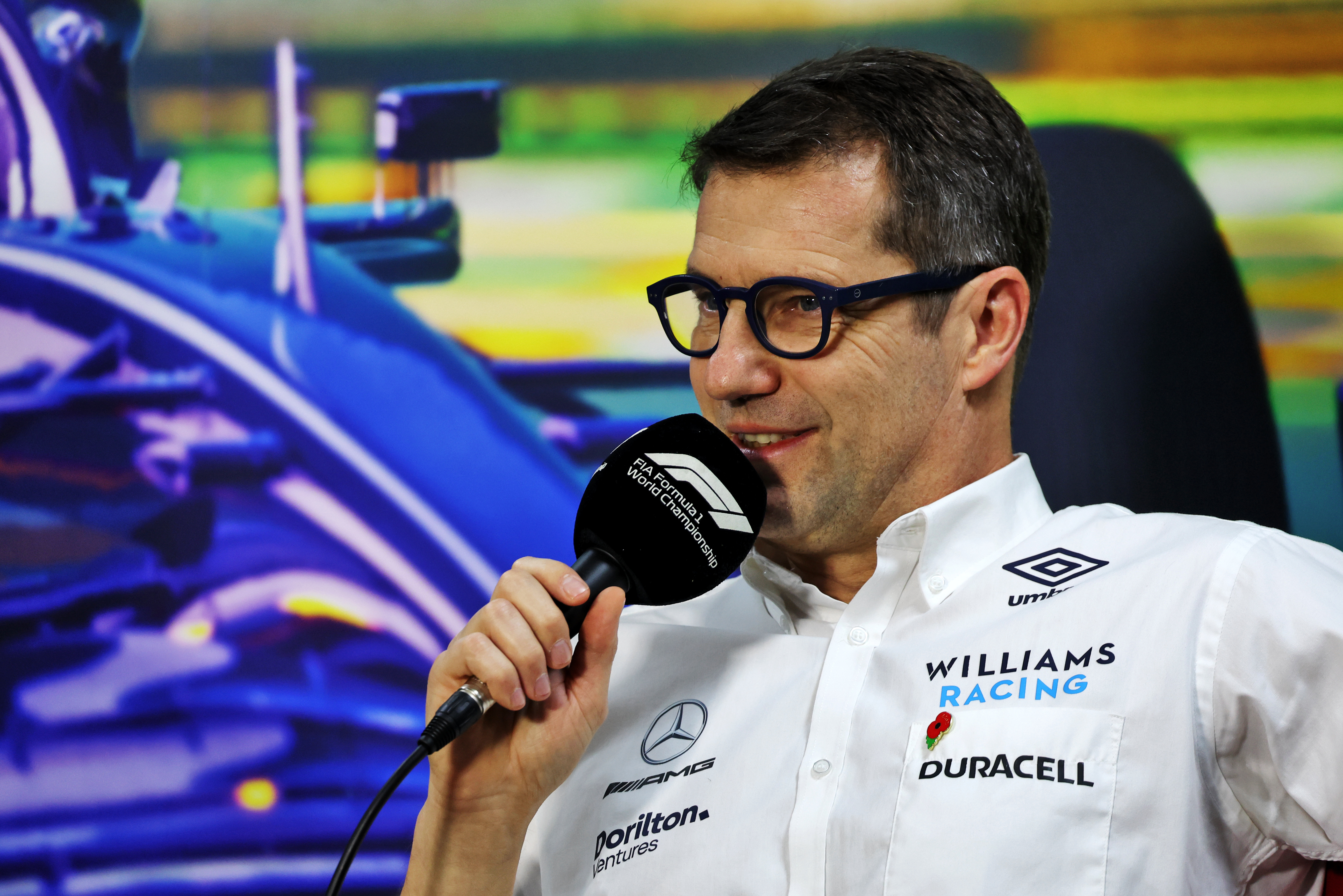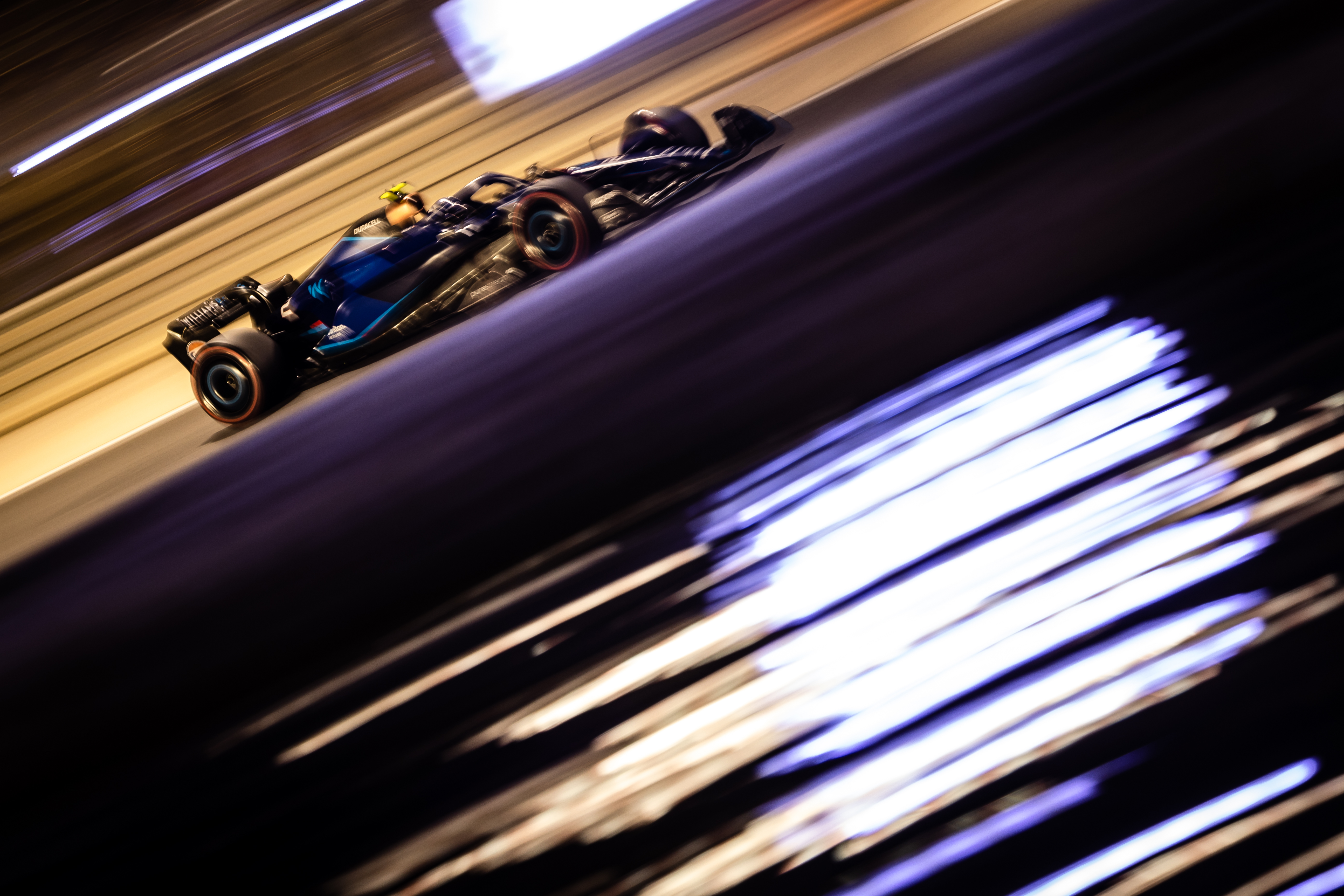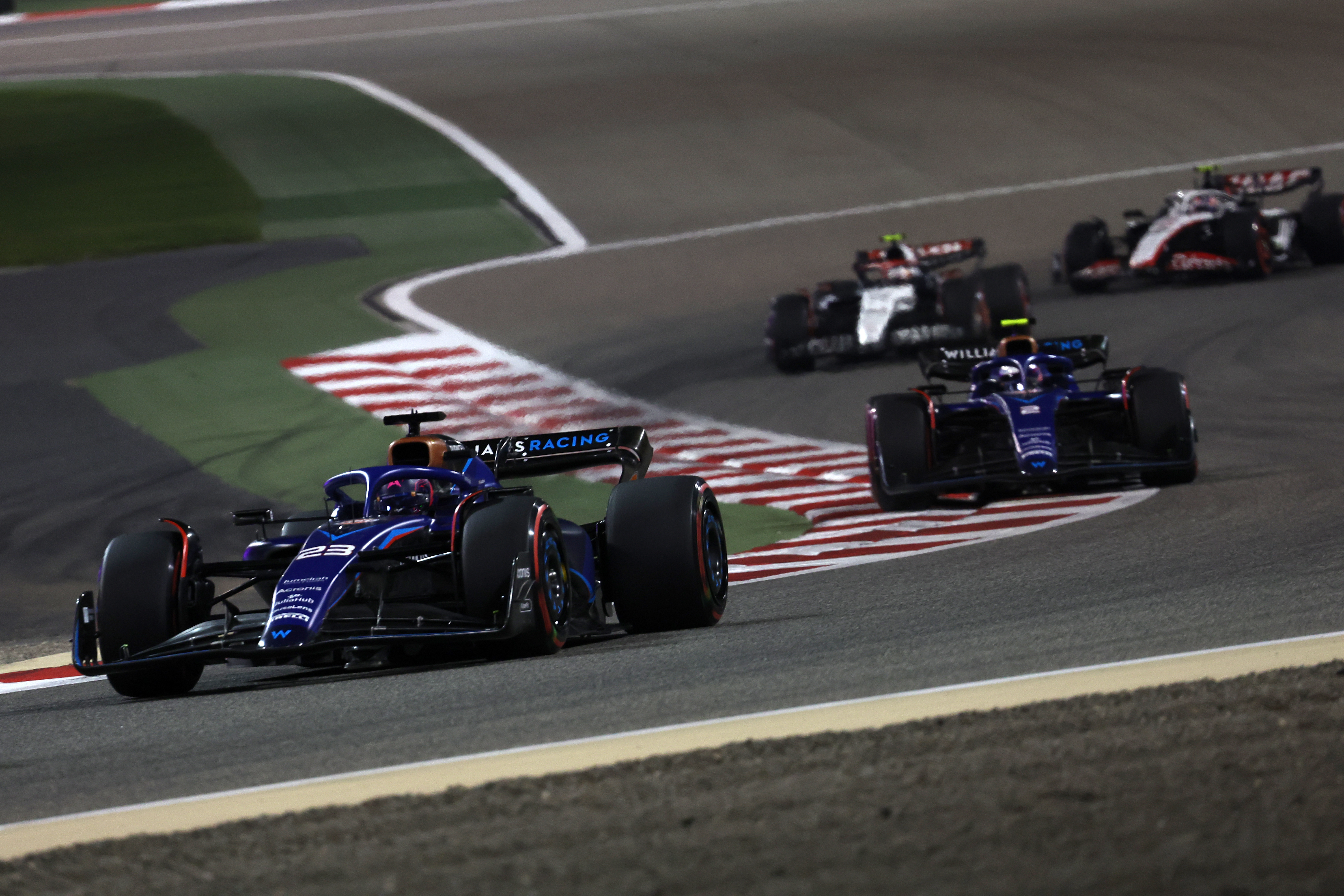Up Next

Williams has never managed to achieve long-term, stable technical leadership since the days of Patrick Head. That’s something its new Formula 1 team principal James Vowles is keen to change.
Head effectively held the role of technical director (albeit without officially carrying that title) from the team’s foundation for the 1977 season. He stayed in that position before handing it over to Sam Michael in 2004, taking up the role of engineering director as part of a long-term transition plan.

While Michael oversaw some success for Williams and endured a difficult period during which the team had to go through significant financial retrenchment after parting company with BMW and losing main sponsor HP, he departed in May 2011 after a poor start to the season along with chief aerodynamicist Jon Tomlinson.
Mike Coughlan then took up the technical director role, overseeing the team’s most recent victory in the 2012 Spanish Grand Prix with Pastor Maldonado. Coughlan then stepped down in 2013, with Pat Symonds joining as chief technical officer.
Symonds helped Williams back into a strong position, finishing third in the 2014 and 2015 constructors’ championships at the start of the 1.6-litre V6 turbo hybrid era. It’s fair to say the strength of the power unit played a significant part in that, but the team also produced solid cars during this period.
But this was at a point when financial troubles were again limiting Williams thanks to the commercial agreements governing F1 that disproportionately rewarded the biggest teams. Investment in the team wasn’t as hoped, which The Race understands played a part in Symonds leaving at the end of 2016.
Subsequently, Paddy Lowe returned to the team he had previously worked for as part of its successful active suspension programme. His tenure lasted less than two years as he departed after a troubled start to 2019 for Williams.
Francois-Xavier Demaison (pictured below) became the most recent appointment, which means that whoever next takes up the role will be the sixth to hold the position since the start of 2011. This doesn’t include those who held the role on an interim basis, as David Worner does currently. There has also been significant churn in the other positions of technical leadership, most recently with head of aero David Wheater leaving at the same time as Demaison.

The high turnover and the team’s failure to stave off its slide to the back of the grid indicates that even if Williams didn’t always maximise its potential, the fundamental problem has never been the technical directors themselves.
Vowles is currently searching for a new technical director following Demaison’s departure at the end of last year. Demaison joined the team in April 2021 with little F1 experience and Vowles has said his successor would not come from outside F1. However, it doesn’t necessarily need to be someone with prior experience of the technical director role.
The appointment of the new technical director, and head of aero, could be crucial in defining Vowles’s success as team principal. That’s something he will be well aware of, pointing to the past financial instability and the disruption of such technical turnover as key problems historically.
“It’s too early to make an assessments as to what are the core reasons behind it,” said Vowles when asked by The Race about the areas for improvement technically and the ‘revolving door’ in terms of personnel.
“What I can say is this: any organisation irrespective of whether it’s a Formula 1 team or otherwise cannot be a high performing outfit if you A) take money away from it, and B) basically have such disruption across a number of years that you end up in a poor situation.
“And that’s where Williams is. And not for lack of good people, it’s just simply lack of stability over a period of time.”

Dorilton now provides that stability and after the apparent false start of the Jost Capito regime that brought in Demaison, Williams must now capitalise on that.
As Vowles said, there are still high-quality personnel throughout the organisation, individuals who have had to weather the storm during these periods of instability.
Head of vehicle performance Dave Robson, who joined the team from McLaren as Felipe Massa’s race engineer in 2015, has held senior technical roles through the past eight years of instability. Although he recognised there can be some benefits in terms of broadening the skillsets of those who might have to temporarily ‘act up’ in terms of their role to cover gaps, overall it has been to the detriment of Williams.
“It’s not easy to be honest,” said Robson when asked by The Race about the impact of the cycles of different technical leaders and structures. “A) you don’t have the stability with a proper medium-to-long-term plan in place and B) you end up with people having to take on the responsibility for where there should be other technical leaders in place. So the deputies have to take on the added responsibility and that added workload and it can’t help.
“There are some positives, I suppose, because it exposes people like me to things that I wouldn’t otherwise be exposed to. So that’s useful for me and hopefully that will help Williams as we go forward. But it’s clearly not been good for the team.”
But he was hopeful that this instability can now be a thing of the past, which would make it possible for Williams to build towards long-term success.
“I think there’s some truth to that,” said Robson when asked if such instability can allow short-term success but at the cost of the big picture in terms of the improvement of the team.

“Coupled with until the last couple of years with Dorilton coming in and not having the resource to be able to think that long-term either, that combination is difficult and it becomes inefficient because you have the changes and the lack of consistency, so you end up spending resource on things you perhaps never quite finish or see through because people come and go.
“The combination of the stability, the leadership and having the financial backing from Dorilton, all finally feels really good.”
The prevailing conditions in F1 are encouraging for Williams, with the cost cap, the handicap system of the aerodynamic testing regulations and the more equitable division of the F1 revenue shared between the teams combining with the stability of Dorilton’s ownership to give it the platform it needs to work its way back up the order.
But the appointment of the new technical director, for a team that has arguably not been at the absolute cutting edge of F1 aerodynamics since Adrian Newey left over a quarter of a century ago, will be key in realising that potential.





